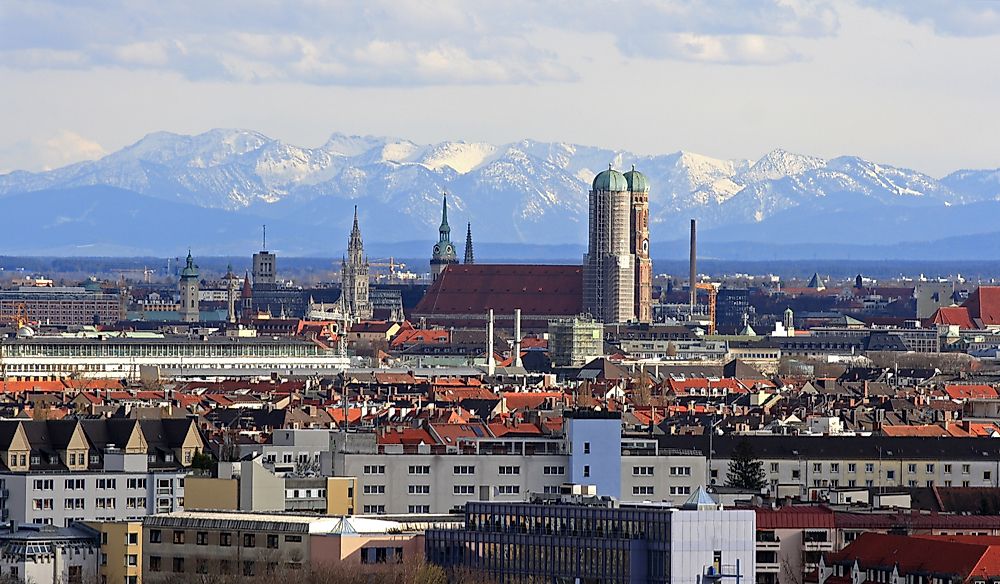What Are Foehn Winds?

A foehn wind is a type of wind that occurs on the leeward or downwind side of a mountain and is characterized by dryness, down-slope direction, and warmness. The wind has the ability to increase the temperature of a region by as much as 25 °F in just a few minutes. Central Europe is a good example of a region that experiences a warmer climate due to the wind. Experts have also established that the warmer climate is beneficial to the health of most people. The Alps is one of the mountains in the world where the winds are particularly notorious. In fact, the winds are mostly associated with the Alps since the phenomenon was first studied there.
Formation of Foehn Winds
In common literature, most people tend to attribute the formation to condensation and precipitation. By this logic only, it means that the winds cannot be formed if there is no precipitation. In reality, however, the winds can form even when there is no precipitation. Consequently, it is logical that the condensation and precipitation reason is not the only one. The following are the reasons why the winds form:
1. Condensation and Precipitation
When moist air goes up a mountainside or another elevated terrain, it expands and eventually cools down to form clouds and precipitation. On the leeward side, the resulting air is left dry and warm thus forming the downslope foehn wind.
2. Mechanical Mixing
This case involves the creation of turbulence as air passes above mountains and other elevated terrains. The turbulence causes vertical mixing of air above the mountain, which eventually creates a downward warming effect while the upper parts become colder. The resulting warm air then moves downslope the mountain.
3. Radiative Warming
The very existence of foehn winds means that there are rain shadows, which are characterized by sunnier and warmer conditions. Consequently, the air is heated more by the sun thus creating the winds.
4. Isentropic Drawdown
This phenomenon occurs when low-level winds are blocked from going up a mountain by the mountain itself. The result is that the air above the blocked air is the only one capable of moving. The air above is normally warmer than the one below. The warmer air above then flows down the leeward side thus creating foehn winds.
Effect of the Foehn Winds
The winds have a number of effects including:
- They can cause rapid melting or sublimation of snow due to the wind’s warmth and low humidity. In the polar regions, many ice shelves have been destroyed by this wind.
- Among mountain climbers, the winds present increased challenges during climbing. A good example of such a mountain is the Eiger mountain of the Bernese Alps in Switzerland.
- They can cause the rapid spread of wildfire.
Other Names
In different parts of the world, the winds go by other names. For example, in the Americas, they are called the Chinook winds, the Brookings Effects, the Santa Ana winds, and other names. In Asia, they go by Loo, Warm Braw, Wuhan, and others.











